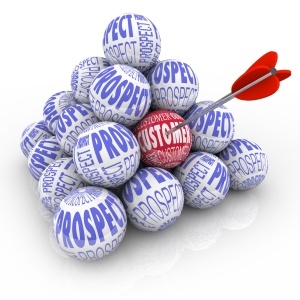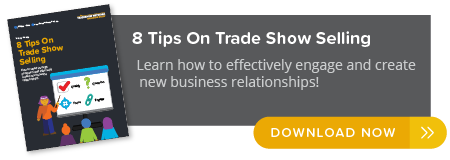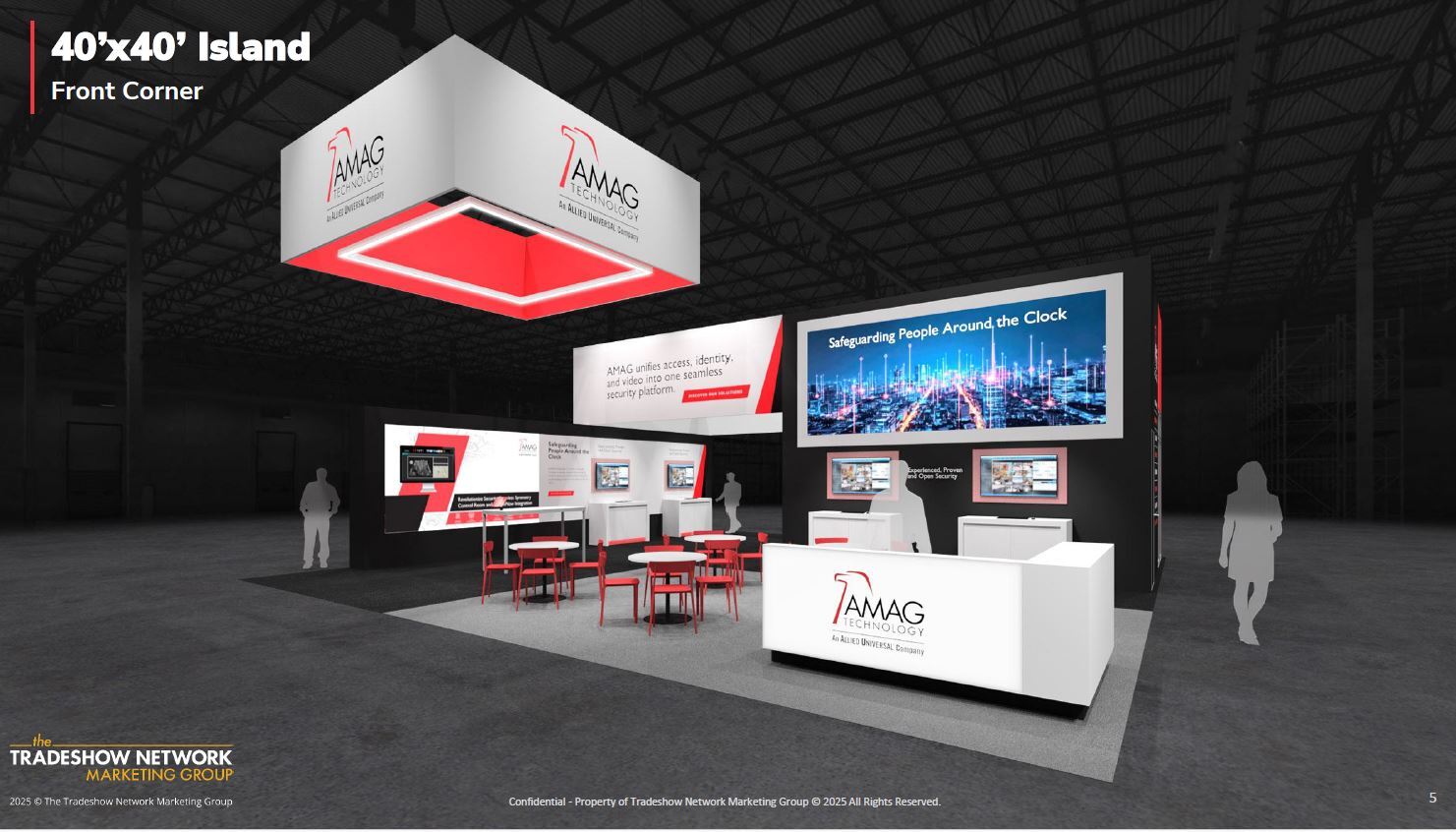A few years ago, a veteran sales consultant, who has walked hundreds of trade shows over the years, shared this top 10 list of do’s and don’ts for sales representatives on the trade show floor.

1. Fishbowls that overflow are just a slow “no” waiting to happen.
2. You’ll never make a significant sale selling to “Seemore, the info gatherer.”
3. If your prospect can’t convince you that they have a problem and are committed to fixing it, don’t waste your time at the show or after.
4. Schedule an appointment for next steps if you find that qualified prospect.
5. Trade show prospects mislead trade show salespeople. It is part of their genetic encoding.
6. People buy for their reasons, not yours. They never argue with their own data. Forget about your incredible speech and listen!
7. The harder you try to push for a “yes” at the show or after, the more likely you’ll get a “no.”
8. The salesperson who asks the most questions has the most success.
9. Aggressive pouncers create defensive prospects.
10. The fatal trap is ... DUMPING YOUR INFORMATION TOO EARLY!
My sage friend makes some excellent points.
Passive selling does not work. Just collecting business contacts, whether through a drawing or a give-away, is not the same as generating solid leads. Your booth staff needs to interact with each attendee who expresses interest. That means that staff should never be caught sitting down on the job, unless with a prospect.
At the other extreme are staffers who are too pushy, forcing passers-by to stop and hear their sales pitch. Even if the person might have been interested in your products, chances are they will want to run in the other direction.
“Seemore” is another story. You know the type. His convention bag is stuffed with expensive brochures from every booth, which will probably get pitched before packing. If someone is just grabbing everything in sight, chances are it is not a serious prospect. It may even be a competitor. It’s best not to have materials out for anyone to take without first talking with a booth representative.
Qualify your prospects.
An article in SME Toolkit gives this advice about trade show prospects. “The first thing you should do once you meet someone new is establish who they are (buyer, decision maker, supplier, competitor, etc.) and where they're located. This way you won't end up spending important time with a person who isn't responsible for buying your product/service, or who is located in a region your company doesn't serve. You can find this information out by asking some key questions, looking at their badge, or requesting a business card, which will have the person's title and address.”
Ask about their business concerns.
Lest you appear too pushy, make sure to engage the prospect in conversation about what brings him or her to the show and what interests them about your products or services. Better yet, if it’s a good prospect, start asking questions about what business problems they have that your products or services might solve.
The SME Toolkit article offers suggestions on how to go about building a relationship with a good prospect. “Engage a prospect by asking open-ended questions – ones that require more than a yes/no answer. This will help you determine their needs and interests. Focus your responses on how your product or service can meet these needs. Be sure to observe the 80/20 rule – listen 80% of the time and talk 20% of the time. Try to avoid any kind of prepared sales pitch, which can begin to sound robotic after you've said it for the 50th time.”
Focus on making sales.
In Selling Power, Sondra Brewer writes about the importance of actually closing sales at trade shows: “Your final and most objective goal from a trade show should be to close new business either at the show itself or as a result of contacts made on the trade show floor.” She recommends that booth staff be chosen for their ability to represent your company well and sell effectively in the trade show environment. “A trade show is the start of a buying relationship. Select the booth staff with care. Choose your best sales and technical representatives. It should be an honor, not a duty, to be selected for membership on the exhibit team. Make sure your booth staff is trained to sell and to give effective demonstrations on the trade show floor. Stress the team effort.”
Engage your best prospects at the show and after.
Of course, closing a sale during the show may not be possible, depending on what you are selling and the client’s purchasing process. According to Hubspot, “While on-site sales may be your main goal, businesses with a longer sales cycle may find it challenging to close a deal with a prospect whose first interaction with their business/products is the event. But that doesn't mean the sale has to be lost. Don't be pushy with prospects who don't seem ready to buy on site; after the event has come to an end, follow up with your leads, enter them into lead nurturing campaigns to make them readier to buy, and continue building the relationship with the contacts and leads you've interacted with on site.”
If you have a longer sales cycle, come up with tactics that can engage your prospect and ensure they will respond positively when you get in touch after the conference. “In your trade show marketing, you should always be prompting attendees to complete a certain action. So if you're looking to increase on-site sales, you need to make sure you connect the call-to-action (CTA) in your marketing materials to something attendees can do at the event.”
For example, you could make a special promotional offer to attendees of the show or offer to arrange a private consultation during the show. “In addition to your booth area, you should reserve a room that is near the trade show floor/event to answer any remaining questions, talk about prices, and ultimately close deals. This will give you a chance to talk one-on-one with the people who are really interested in your product or service and give them the attention they need for you to close deals.”
Rather than dump literature on a prospect or try to force a sale before the show closes, let them know you will be available whenever they want to know more. It’s good manners. And it’s good business.
Sources: http://www.smetoolkit.org/smetoolkit/en/content/en/914/How-to-Sell-at-Trade-Shows
http://blog.hubspot.com/blog/tabid/6307/bid/31690/6-Tactics-for-Turning-Trade-Show-Interactions-Into-On-Site-Sales.aspx#sm.0001ho7r5t5opecgylz20fl64kyvj
http://www.sellingpower.com/content/article/index.php?a=8634/trade-show-closing-tips&page=1






